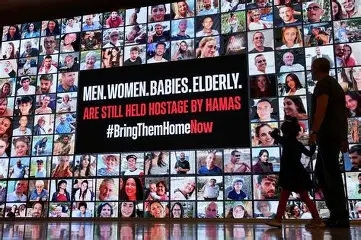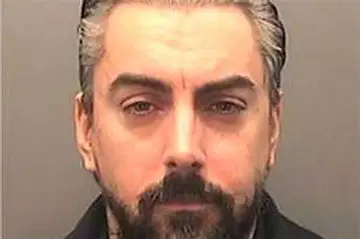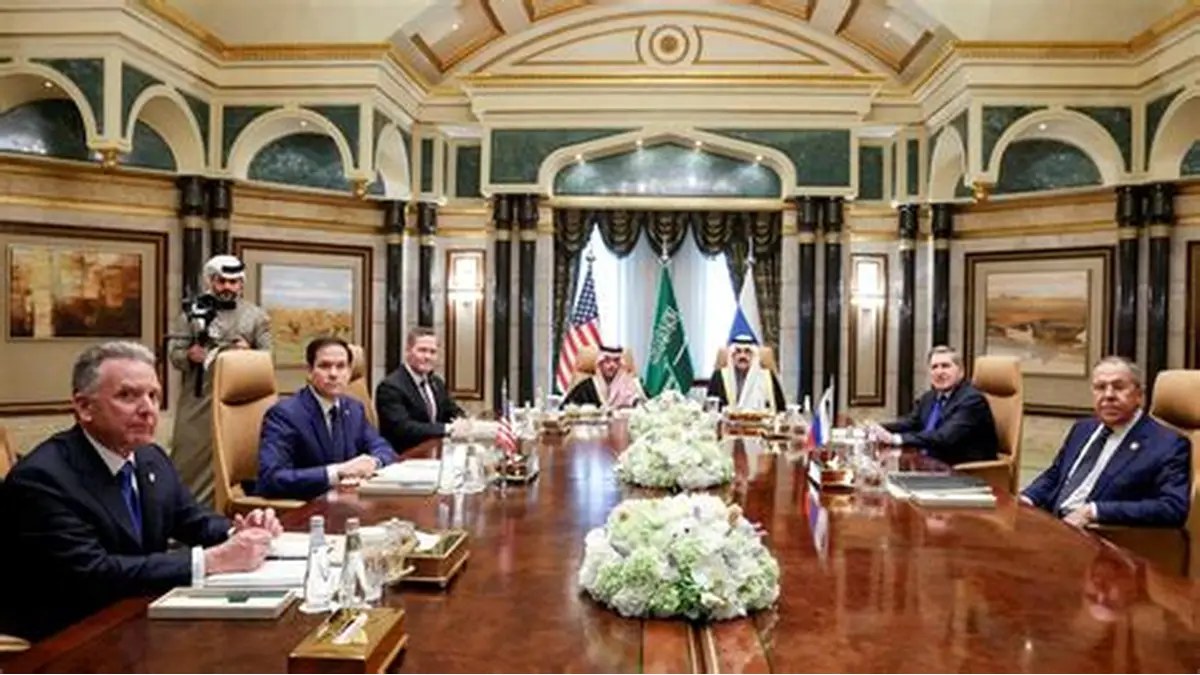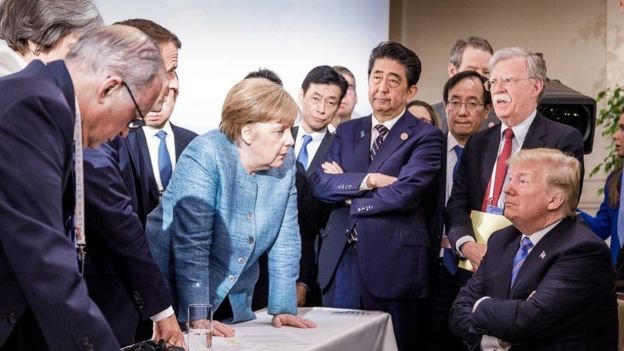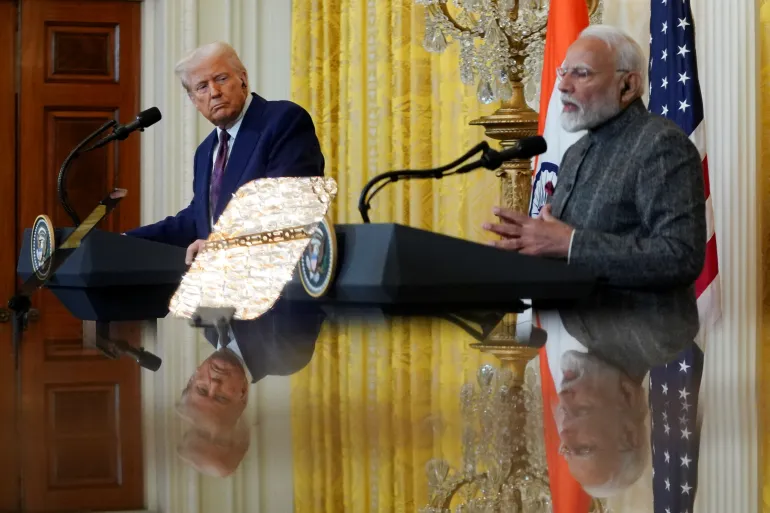Somerset, October 15, 2025
Wellington Care, a leading community care provider in Somerset, has received a major financial uplift of £41,000 from the Somerset Community Foundation (SCF), a charitable organization dedicated to supporting local initiatives that improve lives across the region. The funding, announced this week, is part of the Foundation’s ongoing effort to strengthen grassroots organizations delivering frontline care and social support to vulnerable residents.
The grant will enable Wellington Care to expand its outreach programs, upgrade essential care equipment, and provide additional training for staff who support elderly and disabled individuals across the Wellington area. According to SCF, the funding is part of a broader regional plan to address the rising demand for community-based healthcare services following the lasting social and economic impacts of the COVID-19 pandemic.
Chief Executive Sarah Tilley of Wellington Care described the funding as “a lifeline that will allow us to continue delivering compassionate, high-quality care to those who need it most.” She emphasized that the investment will enhance both the quality of care and the wellbeing of service users who depend on daily support. “We are incredibly grateful to the Somerset Community Foundation for believing in our mission and helping us grow our capacity at a time when local care demand is increasing,” she added.
The Somerset Community Foundation, established in 2002, has been instrumental in bridging the funding gap for small charities and voluntary groups that often struggle to access national grants. Over the past year alone, SCF has distributed more than £5 million in local funding to social enterprises, community centers, and mental health projects throughout the county.
Chief Executive of SCF, Justin Sargent, said the decision to support Wellington Care reflects the Foundation’s core mission to empower organizations that make a measurable difference to people’s lives. “Wellington Care’s dedication to providing high-quality, person-centered care perfectly aligns with our commitment to building stronger, more compassionate communities,” Sargent explained.
Local councillors and community leaders have praised the funding as a positive step toward improving social infrastructure in the area. Councillor Helen Fox, representing Wellington East, said the initiative demonstrates how collaboration between charitable organizations and local service providers can directly improve quality of life for residents. “This investment will ensure that vulnerable people in our community continue to receive the support, companionship, and dignity they deserve,” she stated.
The grant also underscores a growing recognition of the critical role played by care organizations in supporting independent living and reducing pressure on the NHS and local authorities. Experts note that community-led care programs such as Wellington Care not only enhance social cohesion but also deliver long-term cost savings by preventing hospital admissions and reducing isolation among older adults.
With the £41,000 boost, Wellington Care plans to launch a new digital care management system and expand its volunteer network, ensuring more efficient service delivery and better communication between carers, families, and healthcare professionals. The organization also intends to use part of the funds to provide well-being workshops for its staff, promoting mental health resilience and professional development in the care sector.
As the Somerset Community Foundation continues its campaign to strengthen the local voluntary sector, Wellington Care’s success story stands as an example of how targeted community investment can produce lasting, measurable benefits. It also reflects a growing trend across the UK, where foundations and trusts are playing a vital role in rebuilding local support systems and enhancing public welfare.
For many families in Somerset, this funding represents more than just financial assistance, it is a renewed promise of dignity, compassion, and care at the heart of their community.

